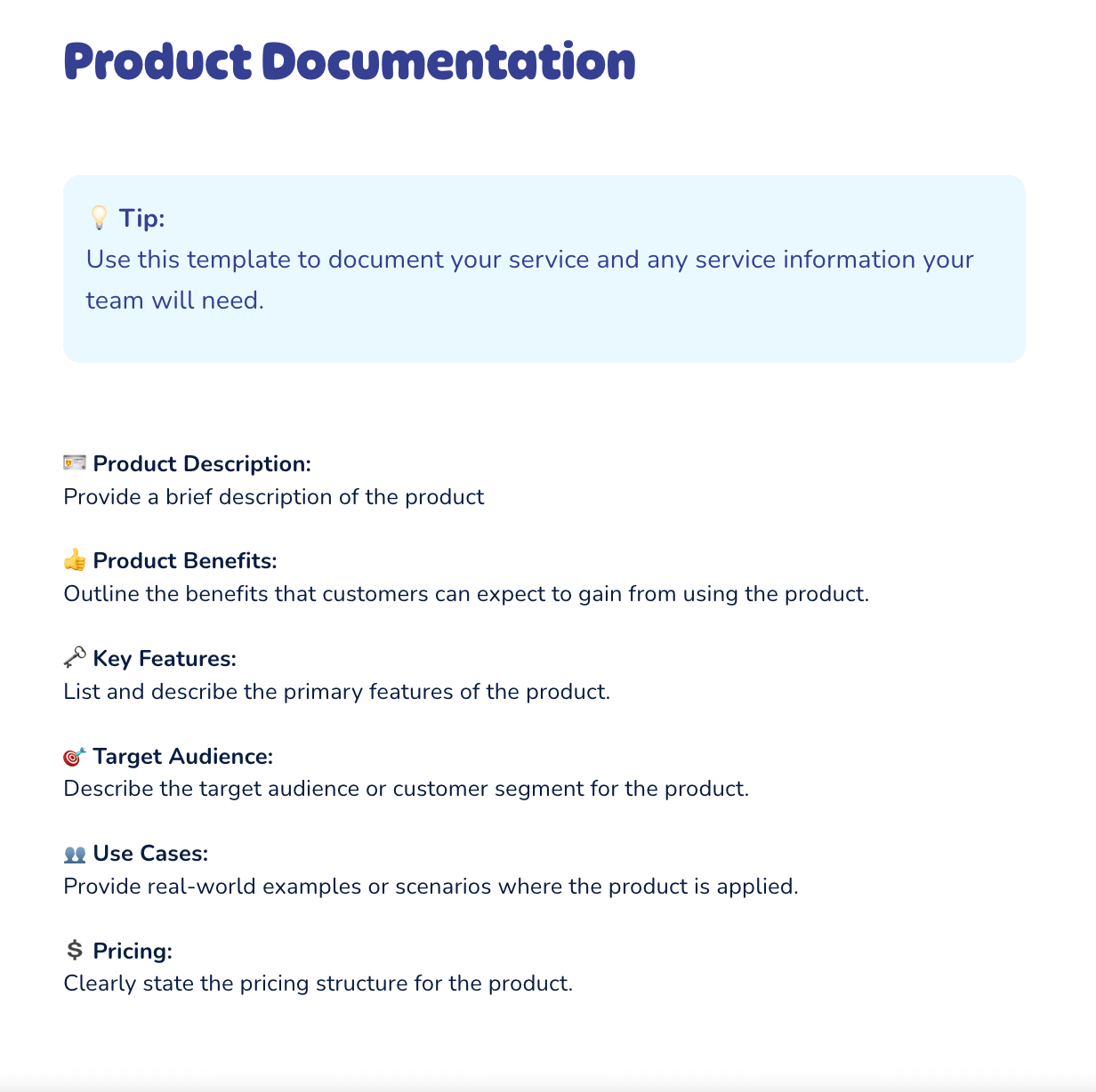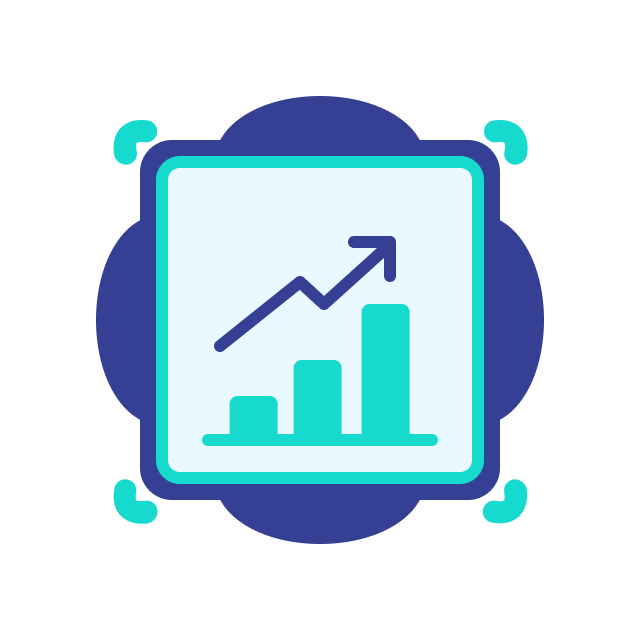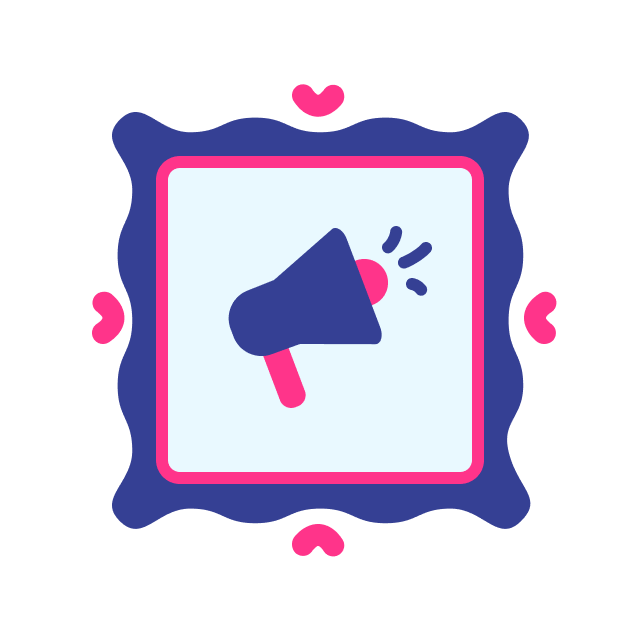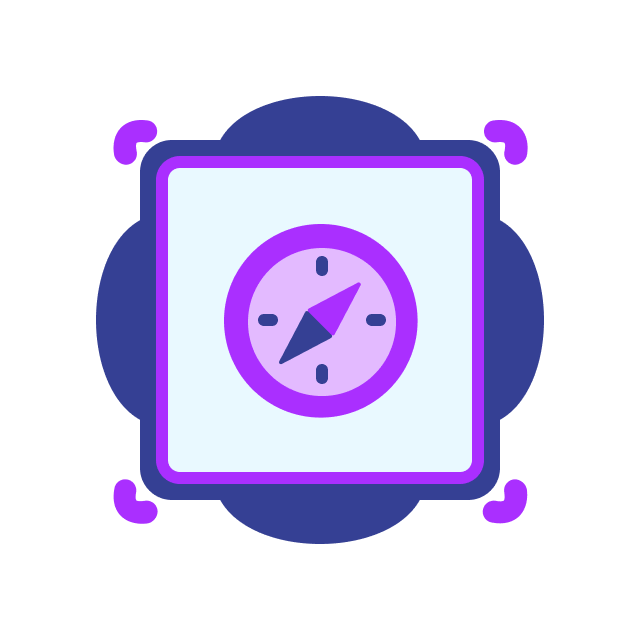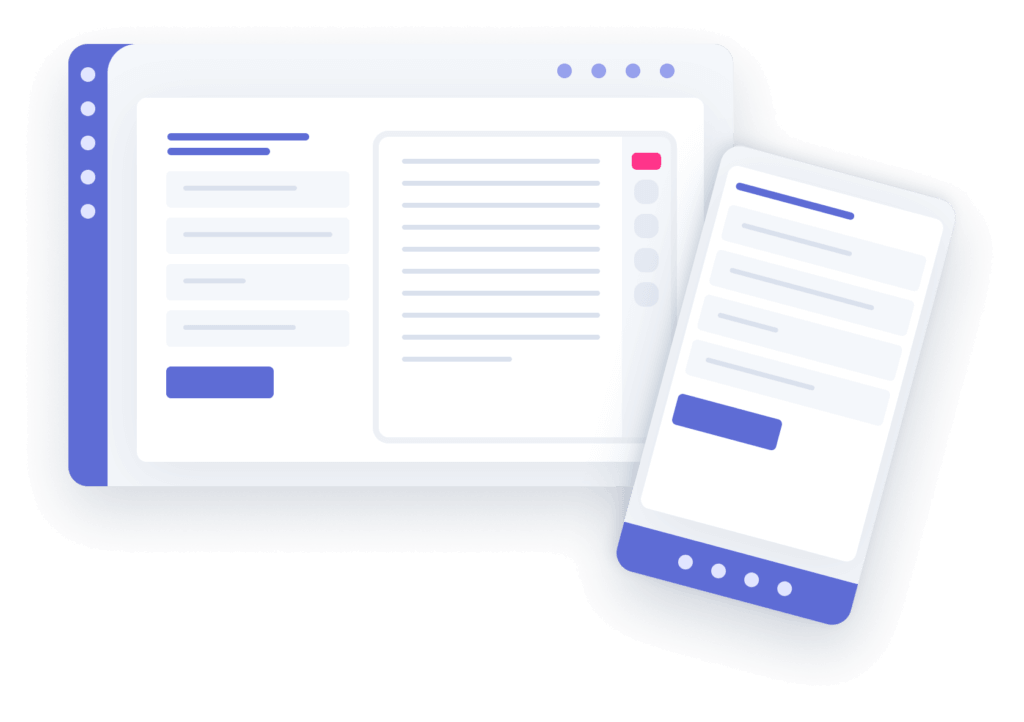Whether you’re selling products or services, it’s essential that you’re able to define them.
You’re going to have to be able to define your product or service, AND you’re going to have to differentiate them from your competition.
In some cases, you’ll have products AND services. For example, at Whale, our product is (obviously) Whale, but we also offer a host of services, including customer success (where we include migration and coaching and training) and product training.
What is the difference between products and services?
Products and services can be categorized differently based on;
1. Tangibility
Often, products are tangible, and services are not, but this is also not exactly the case because, for example, a product like Whale or Google Drive is intangible, but it’s still a product.
2. Quality Control
Quality control is more variable in the case of services, where it depends on the service provider’s skills and the customers’ expectations. This is easier with products where often product requirements and specifications can be established prior to purchase.
3. Ownership:
In the case of a product, ownership is transferred from the seller to the buyer upon purchase, although once again, this can be challenging, for example, in the case of software.
In the case of services, there is no transfer of ownership. The buyer only obtains the right to the service’s benefits for a limited time.
4. Returnability:
Products can often be returned or exchanged if they do not meet the customer’s expectations. Once performed, services cannot generally be returned, although customer satisfaction guarantees or refunds may be offered in some cases.
Use our templates to fast-track your documentation
Customize this template and 100s of others for free in Whale, the fastest way to get your team aligned.
Key differences between products and services in Saas
In a successful SaaS business, products and services often complement each other. For instance, selling a CRM software product can be bundled with consulting services to help a customer set up and optimize their CRM system. This not only increases the initial sale but also boosts customer satisfaction and retention by ensuring they derive maximum value from the product.
Understanding and leveraging the distinctions and interplay between products and services can help a SaaS company enhance its offerings, improve customer relationships, and drive business growth.
Tangibility:
- Products: Intangible software that can be downloaded or accessed online.
- Services: Actions performed by people or systems to support or enhance the product.
Delivery:
- Products: Delivered digitally, with the same core features available to all users.
- Services: Delivered through human effort, often customized to the customer’s requirements.
Revenue Model:
- Products: Typically sold on a subscription basis (monthly or yearly).
- Services: Can be billed hourly, per project, or as part of a subscription package.
Customer Interaction:
- Products: Minimal direct interaction after the sale, except for updates and support.
- Services: High level of interaction, particularly for consulting, training, and custom development.
Examples of products and services
Product examples
- Smartphones,
- Furniture,
- Groceries,
- Automobiles
- Online products and apps
Services examples
- Haircuts,
- Legal advice,
- House cleaning,
- Coaching
Understanding these differences helps businesses tailor their marketing strategies, manage customer expectations and customer services, and design appropriate operational processes.
Dr. Jay Feldman on the difference between products and services
What is a product in Software (SaaS)?
Definition of a product:
Products are tangible or intangible items that are created and sold to fulfill a specific need or solve a problem. In a SaaS context, products are typically software applications or platforms.
Examples in SaaS:
- CRM Software (e.g., Salesforce): A product that helps businesses manage customer relationships, sales processes, and customer data.
- Project Management Tools (e.g., Asana, Trello): Software designed to help teams manage tasks, collaborate, and track project progress.
- Onboarding Software (e.g., Whale): Tools that help businesses manage the onboarding and training of new team members.
Characteristics:
- Scalability: Products can be sold to an unlimited number of customers with minimal additional cost.
- Consistency: Every customer receives the same core product, although customization options might be available.
- Upgrades and Maintenance: Regular updates are provided to improve functionality and security.
What is a service in Software (SaaS)?
Definition of a service:
Services are actions or activities performed for the benefit of a customer. In SaaS, services often complement the software products, enhancing their value through customization, support, and additional functionalities.
Examples in SaaS:
- Customer Support Services: Providing help through various channels (e.g., chat, email, phone) to assist customers with issues and queries.
- Consulting Services: Offering expertise to help businesses implement and optimize the use of the SaaS product.
- Training and Onboarding Services: Educating customers on how to effectively use the software, often through webinars, tutorials, or one-on-one sessions.
- Custom Development Services: Tailoring the software to meet specific customer needs, which might involve integrating with other systems or creating bespoke features.
Characteristics:
- Customization: Services can be highly tailored to meet the specific needs of each customer.
- Human Interaction: Often involves direct interaction between the service provider and the customer.
- Continuous Engagement: Services can be ongoing, requiring continuous effort and relationship management.
How to define your products and services?
💡 Tip:
You can use this template in Whale to document your products and services and any information your team will need.
🪪 Product and/or service Description:
Provide a brief description of the product and/or service.
👍 Product and/or service Benefits:
Outline the benefits that customers can expect to gain from using the product and/or service.
🗝️ Key elements or features:
List and describe the primary elements of the product and/or service.
🎯 Target audience:
Describe the target audience or customer segment for the product and/or service.
👥 Use Cases:
Provide real-world examples or scenarios where the product and/or service is and can be applied.
💲 Pricing:
Clearly state the pricing structure for the product and/or service.
🔗 Your competitive advantage
What is it that you offer that competitors don’t?
FAQs about products and services
How are products categorized?
Products are generally categorized as;
- for consumers (B2C) or
- for businesses (B2B).
These can be further categorized into products which are;
- tangible and can be physically touched or
- intangible products (like software) which cannot be physically touched.
Tangible products can be further defined as
- durable (made to last) or
- perishable (that expire before a certain date).
How can I promote and sell my product or service?
The proof is always in the proverbial pudding.
Whether you’re in the retail business or selling an online product, try letting customers get a feel for the product before they buy it.
For this reason we offer Whale completely free!
This may be a little more difficult if you’re in the real estate business or in a legal firm but you can always use a great customer success story to help you promote your product or service.
Marketing Process
Ensure that your organisation’s products or services are effectively promoted to the target market, while generating leads and driving sales.
HR Process
A guidebook or reference manual for HR professionals and managers, outlining the steps and procedures to be followed in various HR activities.
Never start from scratch again
Take a dive into Whale’s SOP, process and policy templates! You’ll find all the fundamental how-do-we-do-thats you need to document your business’s procedures and train your team.



